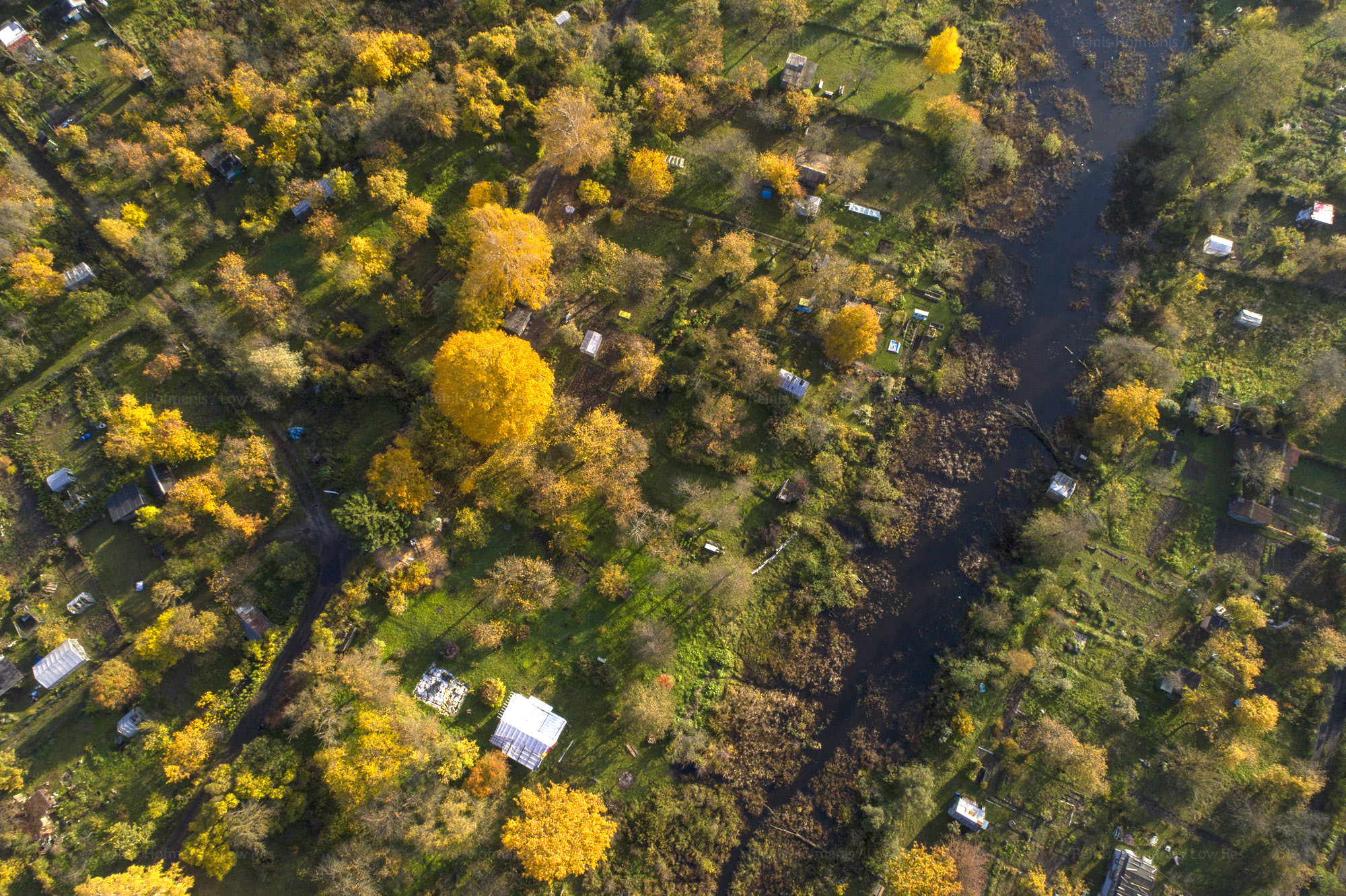Family gardens were especially common during the Soviet years, when according to official policy they were allocated to people as places for active recreation, but in reality they became important sources of food that compensated for the lack of products in stores both at that time and also during the period of change in the 1990s. Colloquially called small gardens, they vary in size from 100 to 300 m2. Estimates show that the area of the gardens is sufficient to provide one household with vegetables and fruits throughout the year. (1) Although sometimes planned in certain places, at other times they also formed quite spontaneously, often as a temporary replacement function in unused plots of land. A large number of such temporary small gardens have survived for decades and are still intensively used.
“Cities are dense networks of socio-spatial processes in which the global is closely integrated with the local, the living with the non-living, the cultural with the organic. (2) Nature is inseparable from the formation process of the city as a socio-natural phenomenon, and gardens are one of such examples of the presence of nature. City gardens have both social and ecological functions and they are interrelated. (3)”
Gardens, especially during the Soviet years, were a place where people socialized, but equally sought privacy and characterized them with a "homey feeling". (3) At the same time, they were, and still are, an important place of knowledge transfer. In gardens, citizens not only maintain a connection with nature, but in practice develop experience about natural processes, learning to use it for their own benefit. In contrast to industrial agriculture, which uses technology and biochemistry to intensify production, gardeners, striving for productivity, are able to see the connections between various natural factors of positive and negative influence. (5) In recent years, when productivity is no longer the main motivation in gardening, social and aspects of knowledge generation and transfer.

Mincytė, D., Bartkienė, A., Bikauskaitė, R> (2020). Diverging temporalities of care work on urban farms: Negotiating history, responsibility, and productivity in Lithuania. GEoforum. 115. 44-53.
Swyngedouw, E., Heynen, N. (2003). Urban political ecology, justice and the politics of scale. Antipode 35.5, 898-918.
Gibas, P., Boumová, I. (2019). The Urbanization of Nature in a (Post) Socialist Metropolis: An Urban Political Ecology of Allotment Gardening. International Journal of Urban and Regional Research. 44. 10.1111/1468-2427.12800.
Djokić, V., Ristić Trajković, J., Furundžić, D., Krstić, V., Stojiljković, D. (2018). Urban garden as lived space: Informal gardening practices and dwelling culture in socialist and post-socialist Belgrade, Urban Forestry & Urban Greening. Volume 30: 247-259.
Mincytė, D. et al. Diverging temporalities of care work on urban farms.
Bell, S., Fox-Kämper, R., Keshavarz, N., Benson, M., Caputo, S., Noori, S., Voigt, A. (2018). Urban Allotment Gardens in Europe. Routledge.